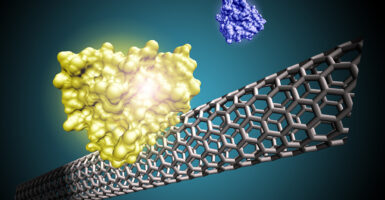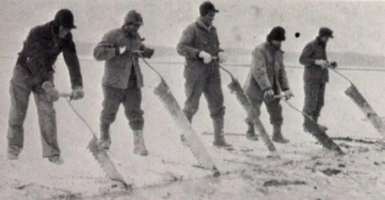20 Medical Practices from History That Are Absolutely Bizarre
Before modern medicine, medical practitioners devised treatments that now seem more suited to torture chambers than hospitals. Centuries of trial and error, desperation, and misguided theories led to practices that modern doctors would consider barbaric.
Here are 20 unreal medical practices from history which are absolutely bizarre.
Mercury Treatments (2000 BCE – 1900s)
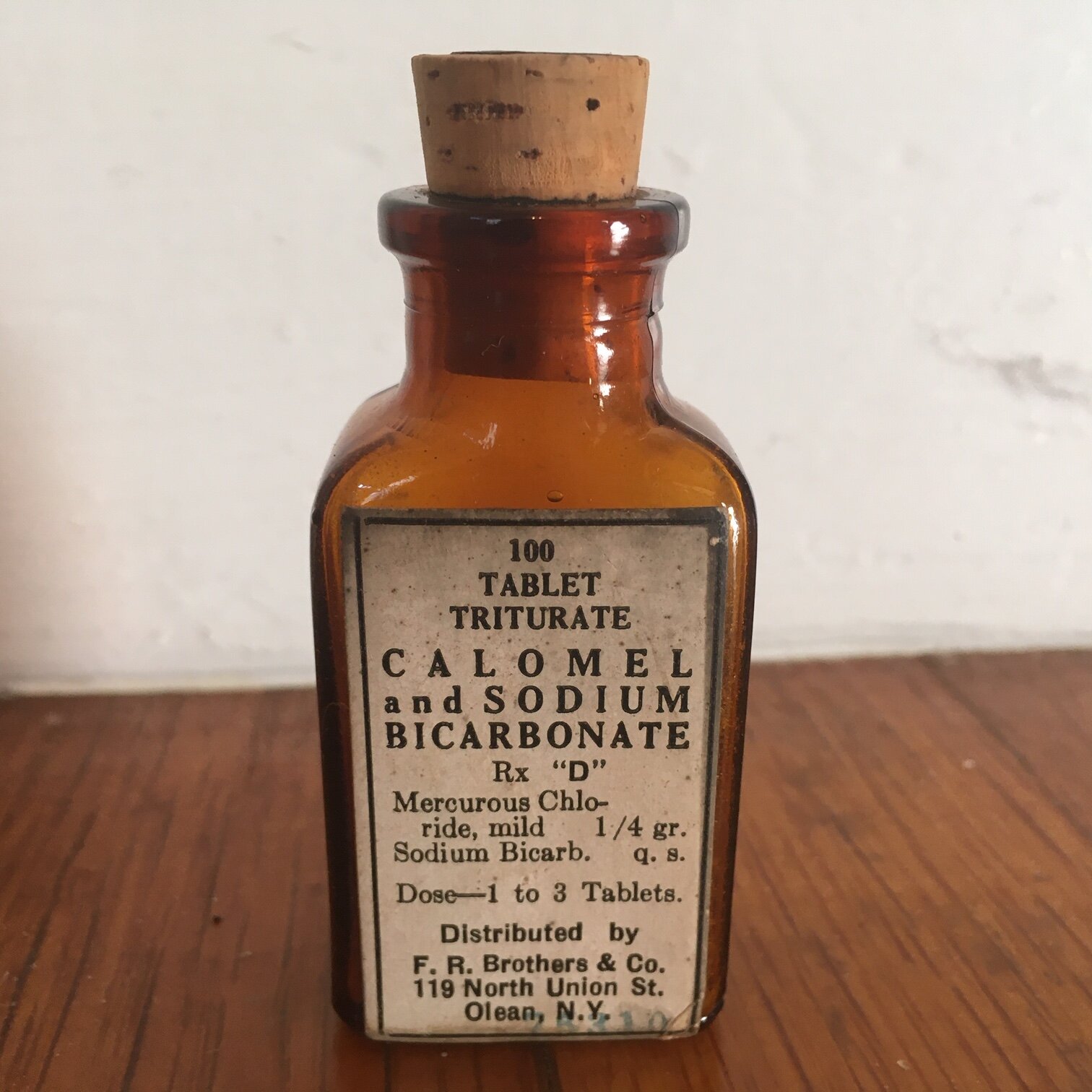
Ancient Chinese and European doctors prescribed mercury for everything from immortality to syphilis. Patients drooled silver while their teeth fell out and organs failed.
Kings, emperors, and even renowned physicians fell victim to this toxic cure, including China’s first emperor, Qin Shi Huang.
Trepanation (7000 BCE – Present)
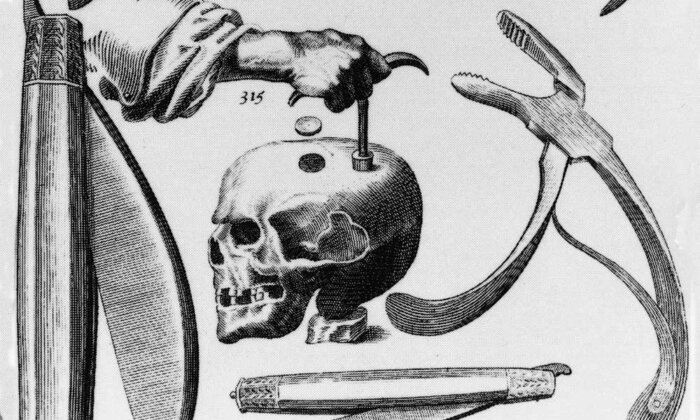
Drilling holes in the skull ranked among humanity’s earliest surgical procedures. Practitioners believed this released evil spirits causing headaches and mental illness.
Amazingly, archaeological evidence shows many patients survived, with some skulls displaying multiple healed holes.
Like Go2Tutors’s content? Follow us on MSN.
Bloodletting (3000 BCE – 1900s)
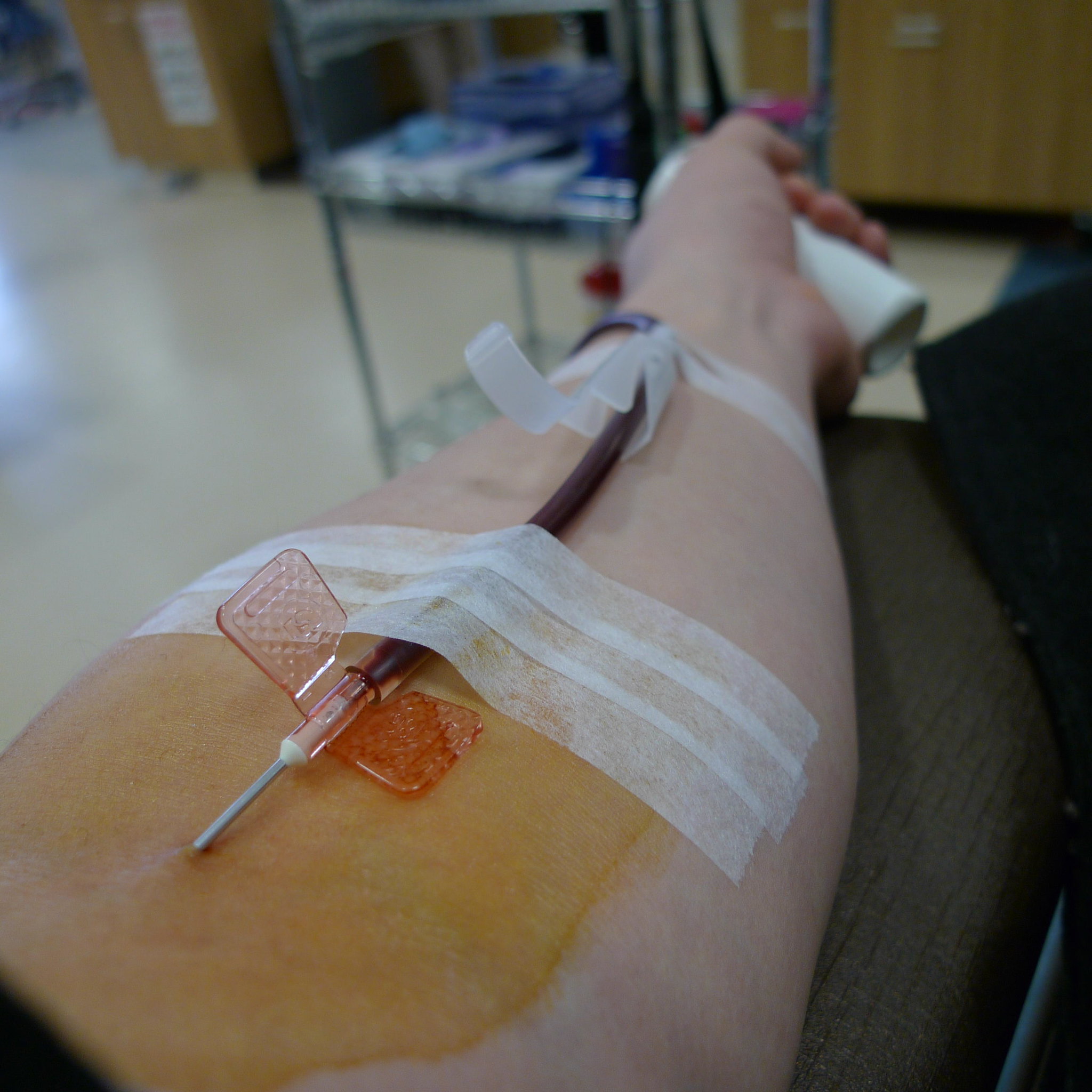
Doctors drained “bad blood” to balance the body’s humors using leeches or precise cuts. George Washington died after doctors removed nearly half of his blood to treat a throat infection.
Professional bloodletters displayed red and white striped poles, which still mark barbershops today.
Urine Therapy (1500 BCE – Present)
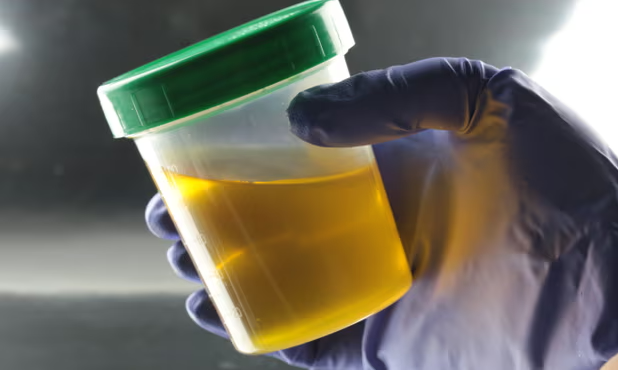
Ancient Roman doctors prescribed human urine for everything from burns to broken bones. European physicians tested diabetes by tasting patients’ urine for sweetness.
Some modern alternative medicine practitioners still advocate this treatment despite medical warnings.
Tobacco Smoke Enemas (1750s – 1810s)
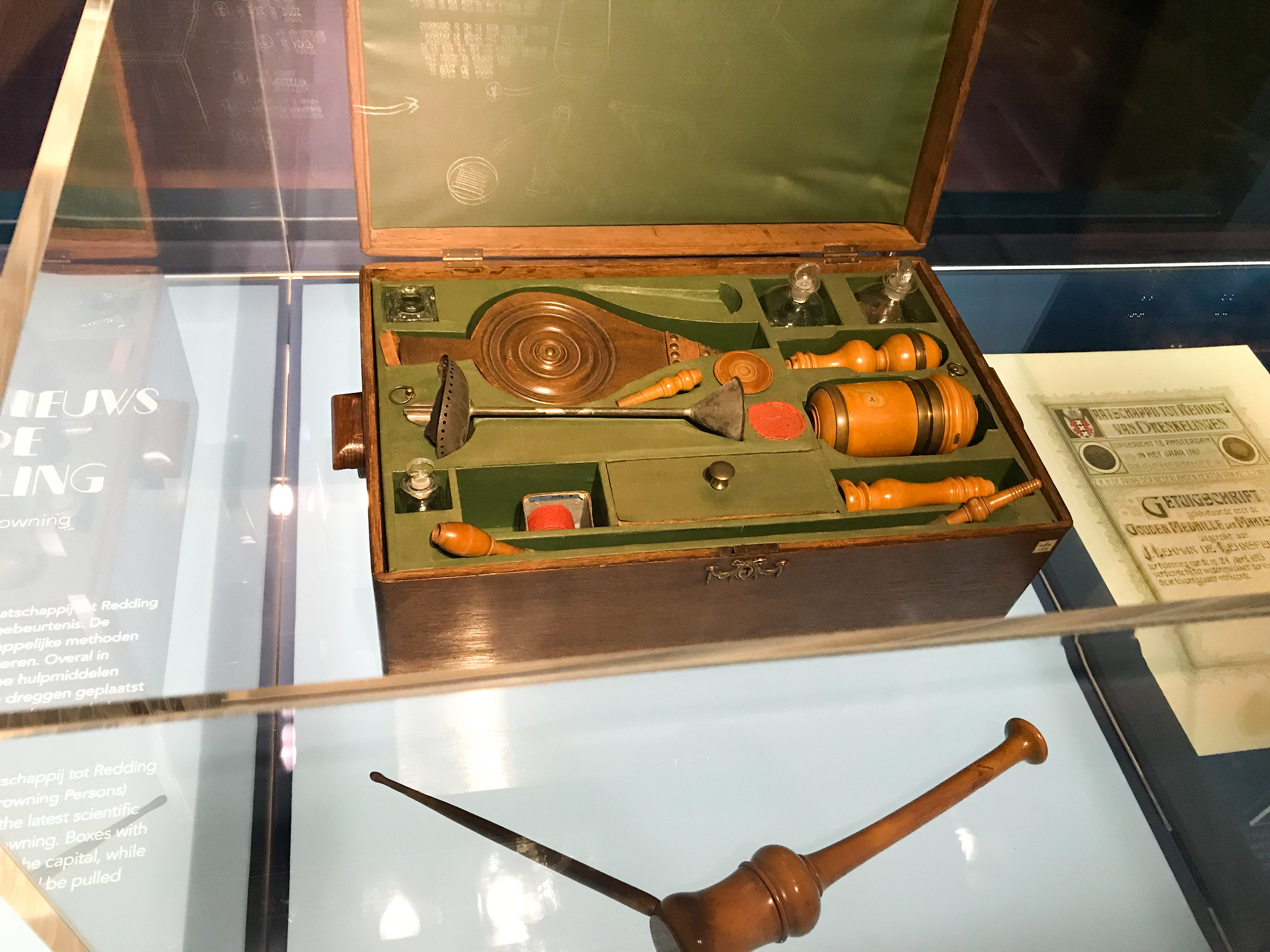
Drowning victims received tobacco smoke blown into their rectums to “stimulate” recovery. London’s riverside bars kept special bellows ready for emergencies.
The practice died out when doctors realized that nicotine poisoning might finish what drowning started.
Like Go2Tutors’s content? Follow us on MSN.
Mummy Medicine (1300s – 1900s)
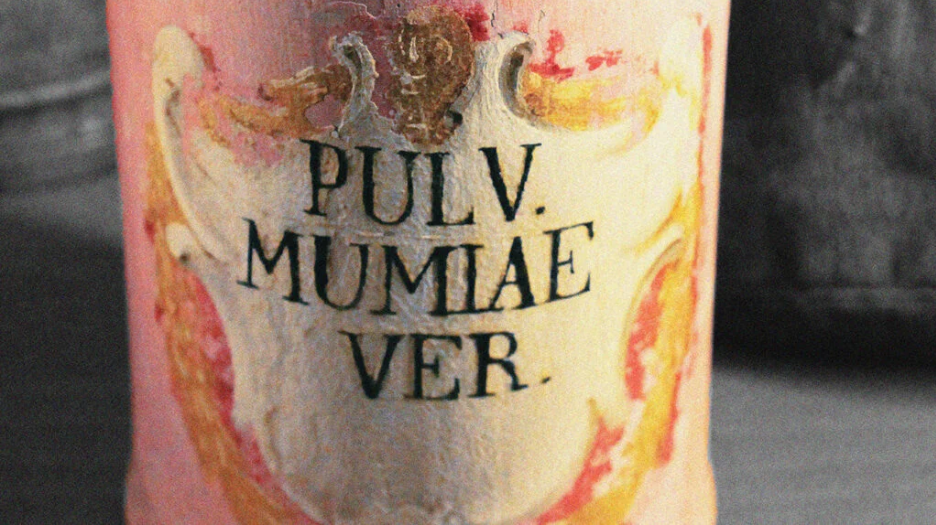
Ground-up Egyptian mummies served as a popular medicine in medieval Europe. Apothecaries prescribed mummy powder for everything from headaches to broken bones.
This practice created such demand that counterfeiters began producing fake mummy powder from executed criminals.
Goat Testicle Transplants (1920s – 1930s)
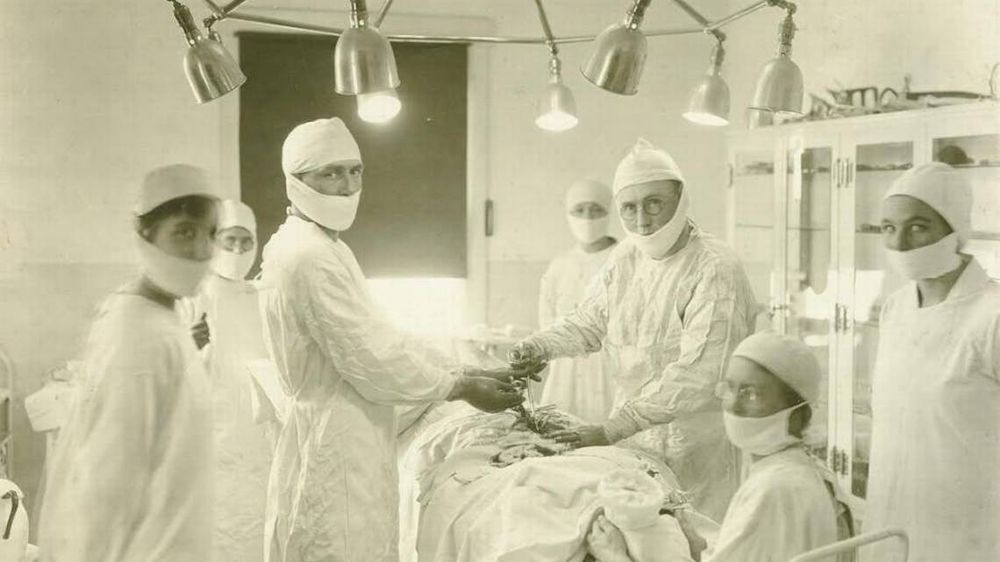
Dr. John Brinkley gained fame for transplanting goat testicles into men to cure impotence. He performed thousands of operations before losing his medical license.
His radio station advertising these procedures helped pioneer commercial broadcasting.
Heroin Cough Syrup (1890s – 1920s)

The Bayer pharmaceutical company marketed heroin as a non-addictive cough medicine for children. Mothers received recommendations to give their infants heroin for teething pain.
The company stopped production only after widespread addiction became impossible to ignore.
Like Go2Tutors’s content? Follow us on MSN.
Malaria Therapy (1917 – 1940s)

Doctors deliberately infected syphilis patients with malaria, believing the resulting fever would kill the disease. This treatment won its inventor a Nobel Prize despite killing 15% of patients.
Some survived syphilis only to die from malaria complications.
Radium Water (1910s – 1930s)
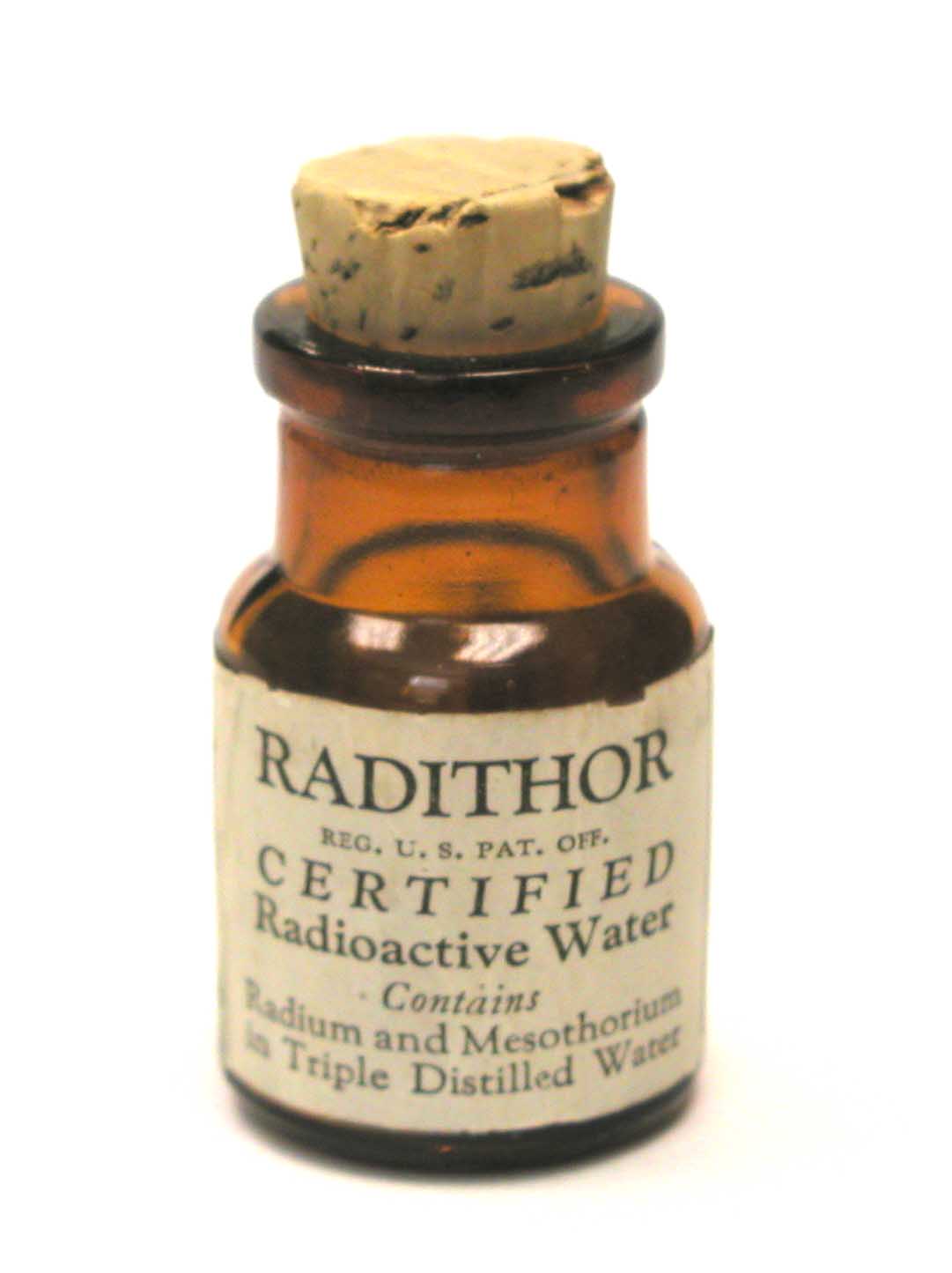
Health spas offered radioactive water as a cure for various ailments. The most famous victim, industrialist Eben Byers, literally fell apart after drinking 1,400 bottles.
His death made headlines: “The Radium Water Worked Fine Until His Jaw Came Off.”
Arsenic Skin Cream (1890s – 1950s)
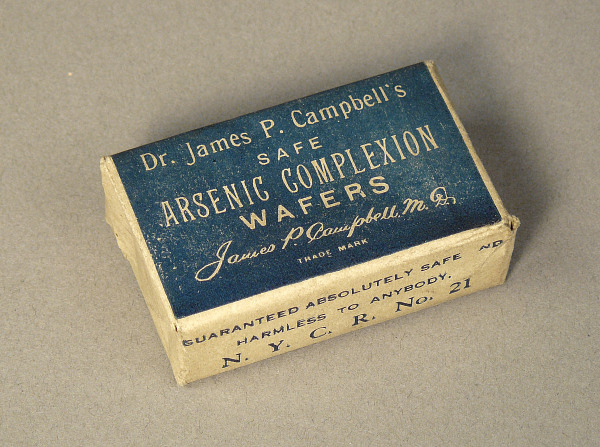
Victorian women used arsenic wafers to achieve pale complexions and remove blemishes. Products promised to improve “complexion and health simultaneously.”
Many users achieved permanent paleness through slow poisoning.
Like Go2Tutors’s content? Follow us on MSN.
Lobotomy (1935 – 1960s)
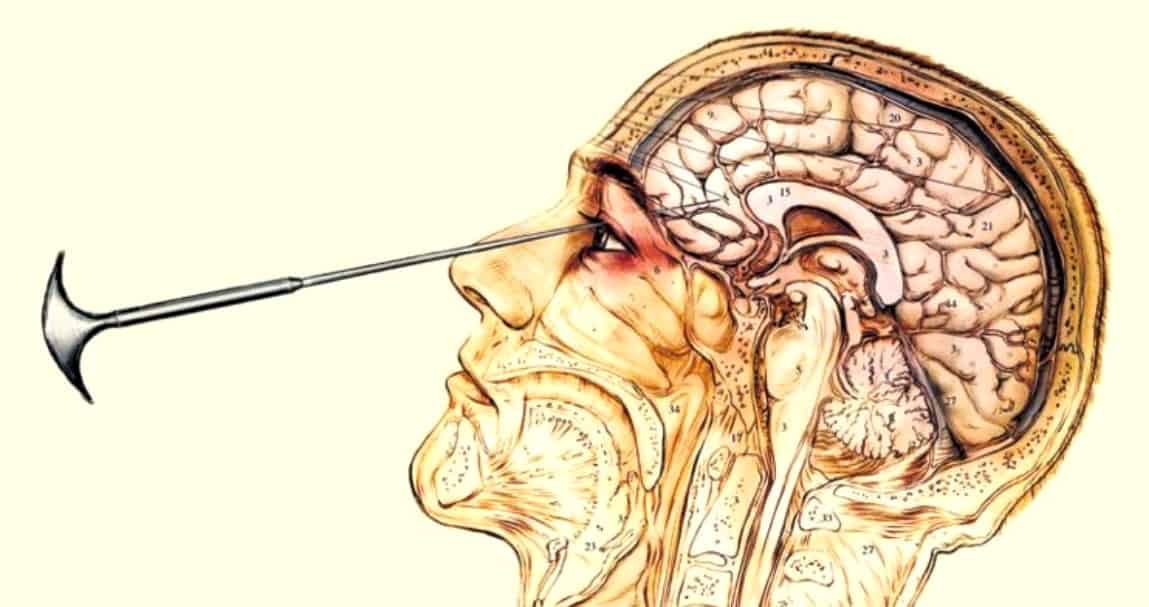
Dr. Walter Freeman performed thousands of lobotomies using an ice pick through the eye socket. This “treatment” for mental illness left patients permanently altered.
John F. Kennedy’s sister Rosemary received this procedure, leaving her incapacitated.
Teething Cocaine (1880s – 1920s)
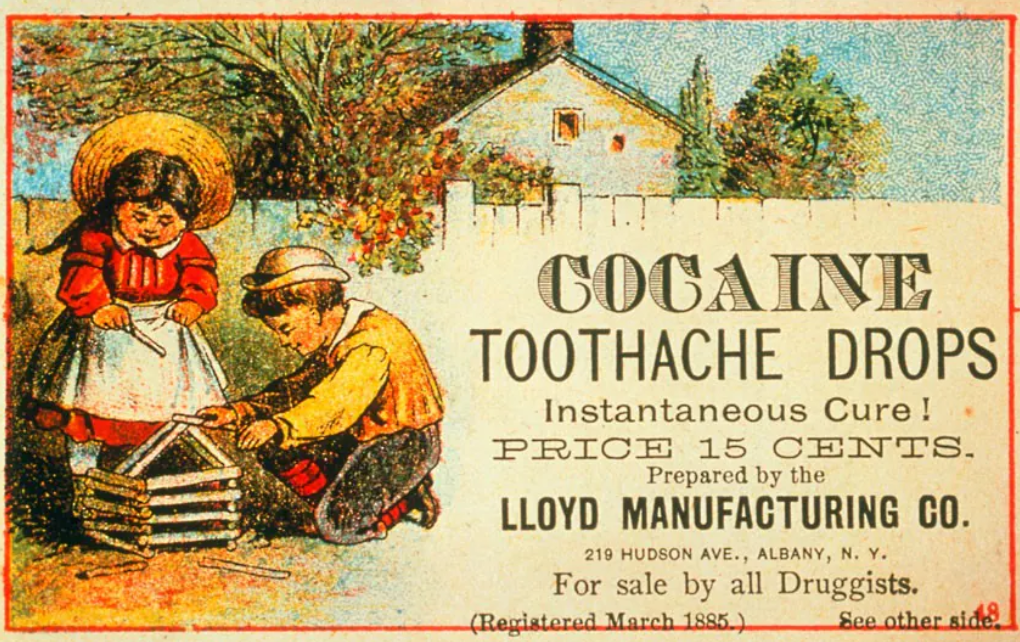
Mrs. Winslow’s Soothing Syrup contained morphine and cocaine for teething babies. Parents praised its effectiveness at quieting crying infants.
The product remained popular until authorities realized generations of babies had been drugged into silence.
Tapeworm Diet Pills (1900s – 1920s)
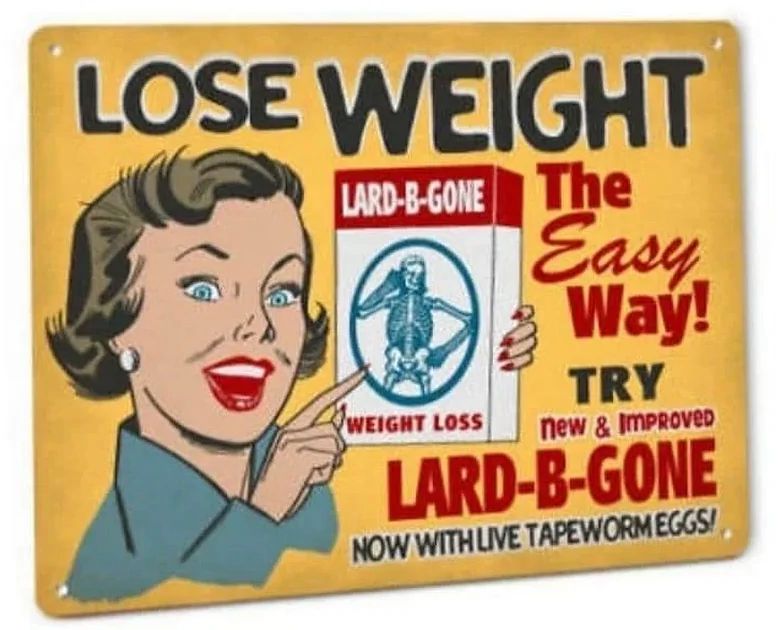
Weight loss advertisements promoted pills containing beef tapeworm cysts. Users achieved dramatic weight loss along with dangerous complications.
Some medical museums still display jars containing removed tapeworms over 25 feet long.
Like Go2Tutors’s content? Follow us on MSN.
Electrical Shock Therapy (1800s – Present)
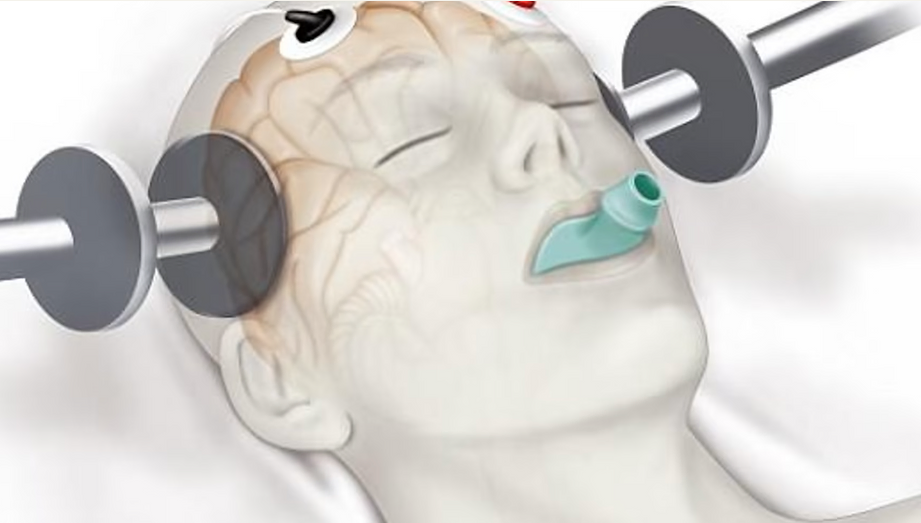
Early practitioners applied electricity to cure everything from depression to several other complications. Equipment ranged from mild battery shocks to potentially lethal currents.
Modern electroconvulsive therapy continues under strict medical supervision.
Bed Rest in Iron Lungs (1928 – 1960s)
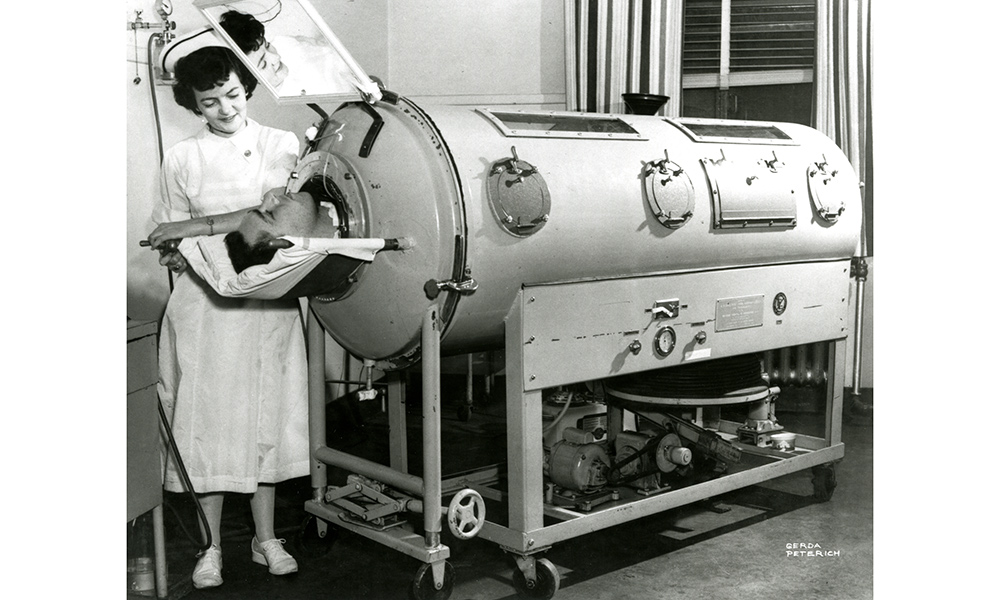
Polio patients spent weeks or months immobilized in iron lung respirators. Some individuals lived decades in these machines, which breathed for them.
The last American iron lung user died in 2009, outliving the company that manufactured replacement parts.
Rotational Therapy (1800s)
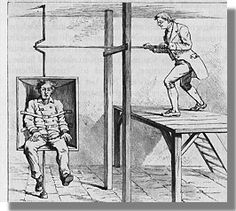
Psychiatric patients endured spinning chairs and beds to “reset” their brains. Some devices reached 100 rotations per minute.
Doctors recorded detailed observations of resulting confusion, vomiting, and unconsciousness.
Like Go2Tutors’s content? Follow us on MSN.
Turtle Therapy (1600s – 1800s)
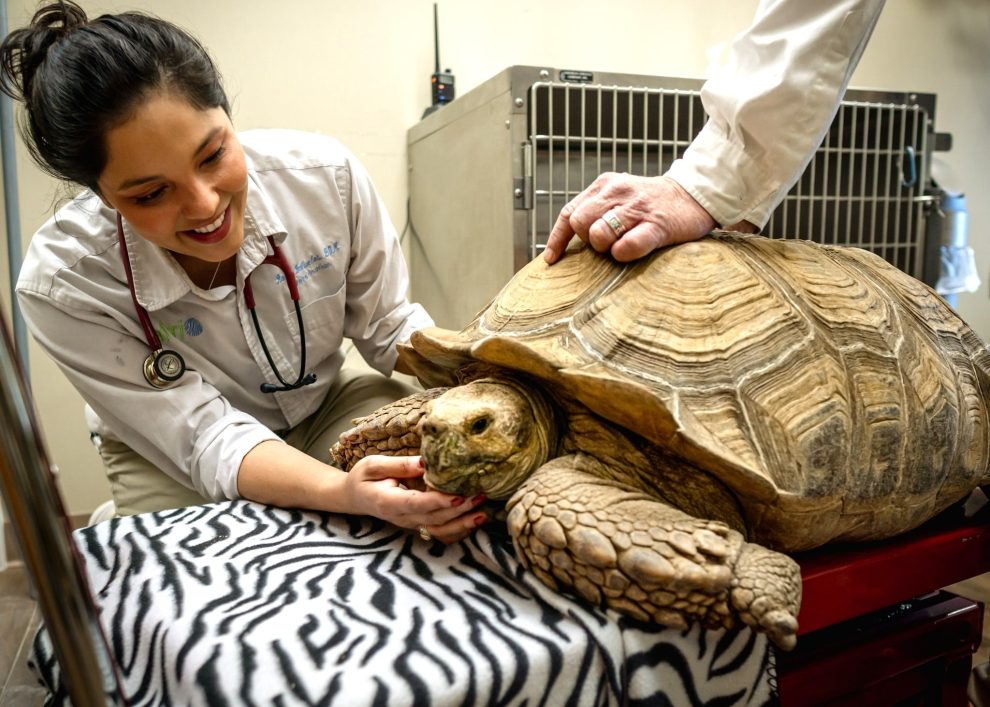
Doctors strapped live turtles to patients’ tumors, believing they would draw out disease. Different ailments required specific turtle species.
Medical texts included detailed instructions for turtle application and maintenance.
Tooth Transplants (1600s – 1800s)
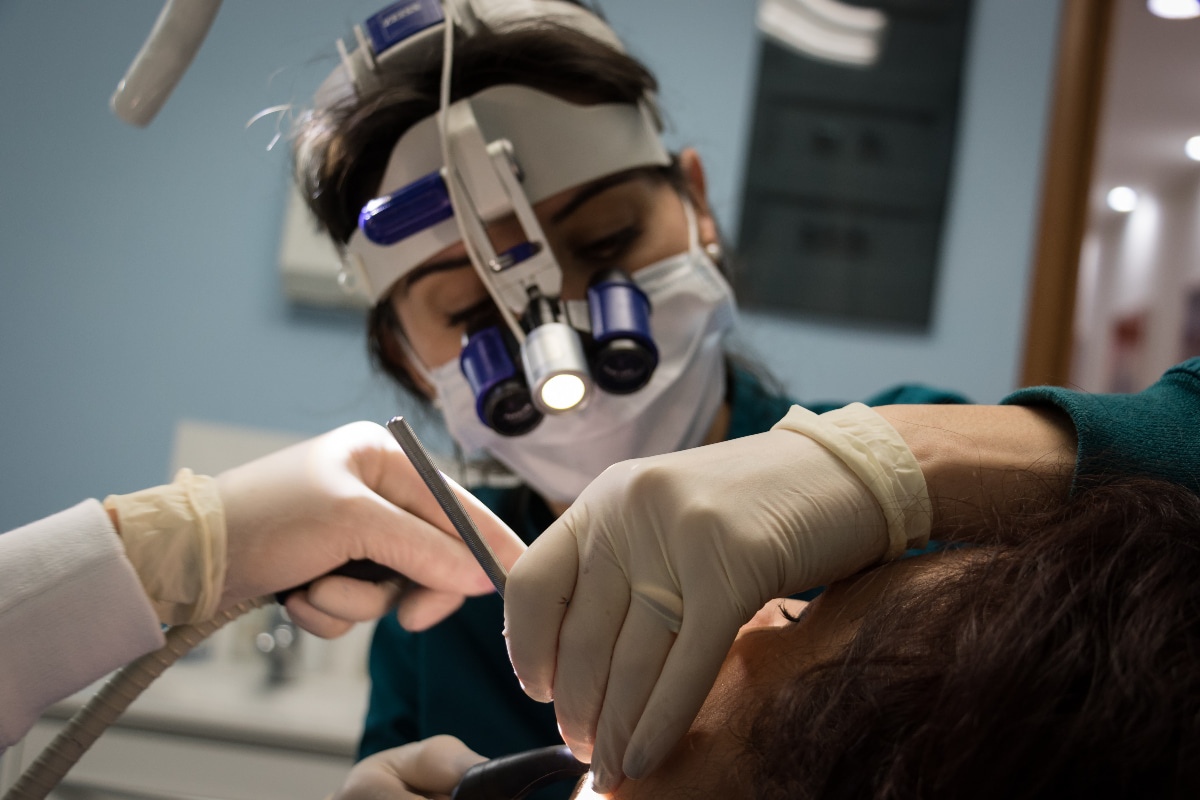
Wealthy patients purchased healthy teeth extracted from poor donors or corpses. These transplants occasionally worked temporarily before rejection set in.
Some dentists maintained networks of young donors willing to sell their teeth.
Bronze Liver Treatments (2000 BCE – 400 CE)
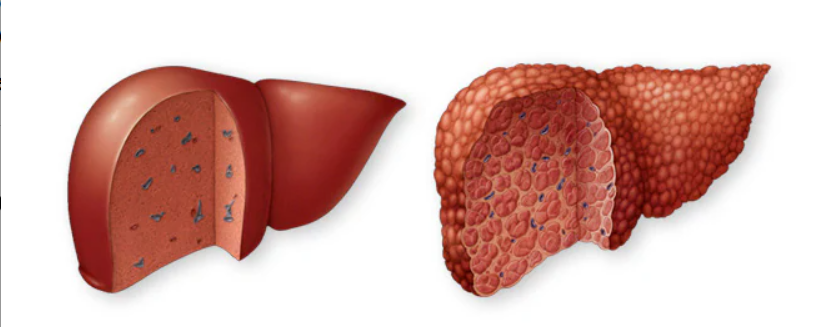
Ancient Babylonian doctors consulted bronze models of diseased livers to diagnose patients. These detailed models guided treatment decisions based on shape similarities.
Modern archaeologists discovered hundreds of these diagnostic tools.
Like Go2Tutors’s content? Follow us on MSN.
The Evolution of Medical Ethics
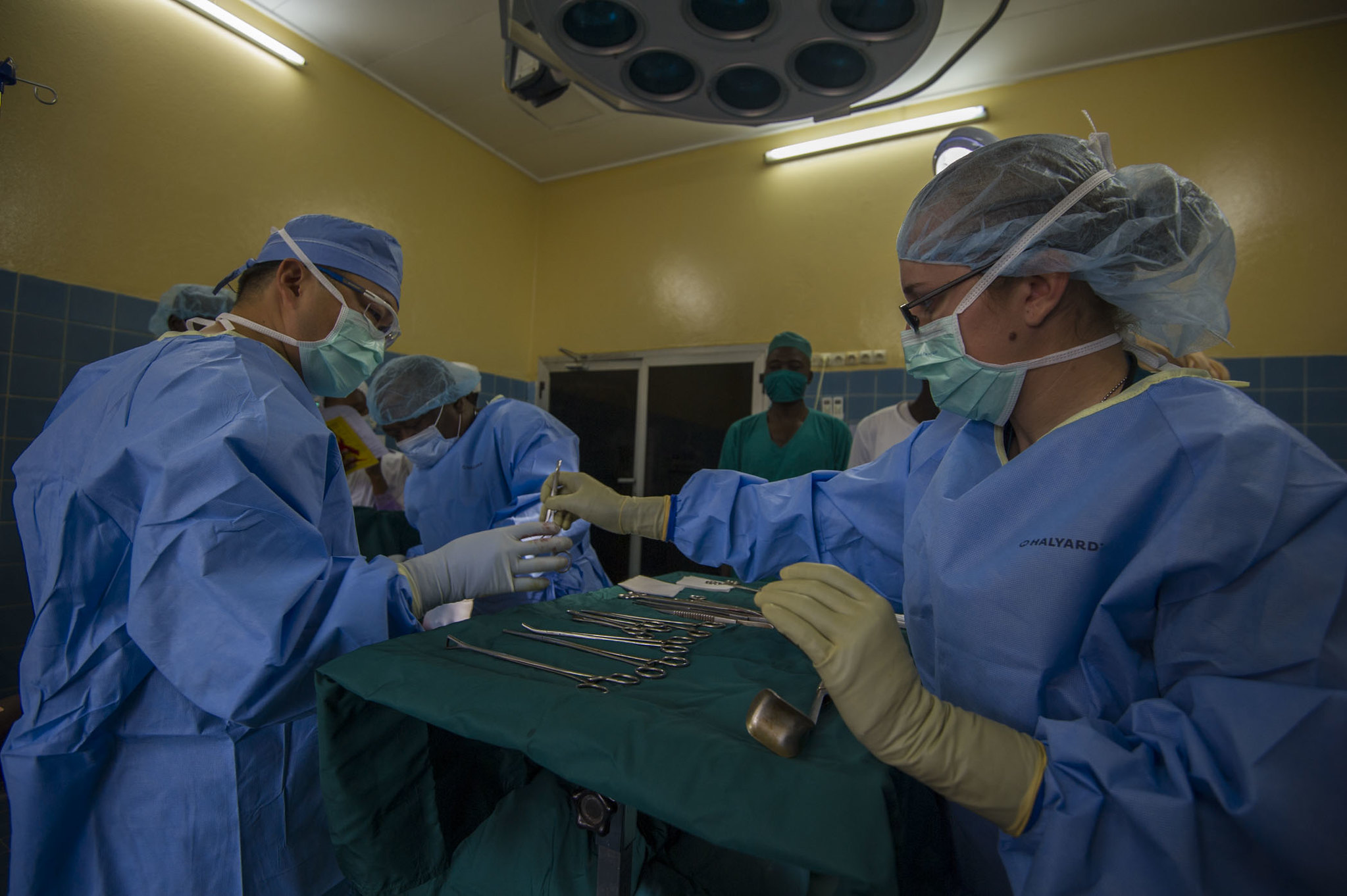
Modern medical practice evolved through centuries of trial and error and occasional horror. While these treatments seem barbaric today, they represent sincere attempts to fight disease and ease suffering.
Their legacy reminds medical professionals that even accepted treatments require constant scientific scrutiny and ethical consideration.
More from Go2Tutors!

- 15 Unforgettable Candy Bars From The 60s and 70’s That Disappeared Too Soon
- 15 Myths About Famous Historical Figures That Aren’t True
- Famous Battles: How Much Do You Really Know About U.S. History?
- 20 Historical Artifacts That Scientists Can’t Explain
- 15 Little-Known Facts About Famous Historical Events
Like Go2Tutors’s content? Follow us on MSN.

